The decade 1933-43 was one of busy erotic multi-tasking by the deft and diminutive Pablo Picasso. It took him the best part of ten years to effect a separation from the reluctant Olga Khokhlova, his ex-ballerina wife, retired injured from the Diaghilev Ballets Russes. Legal proceedings were triggered by her discovery of Picasso’s affair with Marie-Thérèse Walter (aged 17 when Picasso picked her up in 1927 outside the Galeries Lafayette).
Already a subscriber? Log in
Subscribe for just $2 a week
Try a month of The Spectator Australia absolutely free and without commitment. Not only that but – if you choose to continue – you’ll pay just $2 a week for your first year.
- Unlimited access to spectator.com.au and app
- The weekly edition on the Spectator Australia app
- Spectator podcasts and newsletters
- Full access to spectator.co.uk
Or
Unlock this article
You might disagree with half of it, but you’ll enjoy reading all of it. Try your first month for free, then just $2 a week for the remainder of your first year.

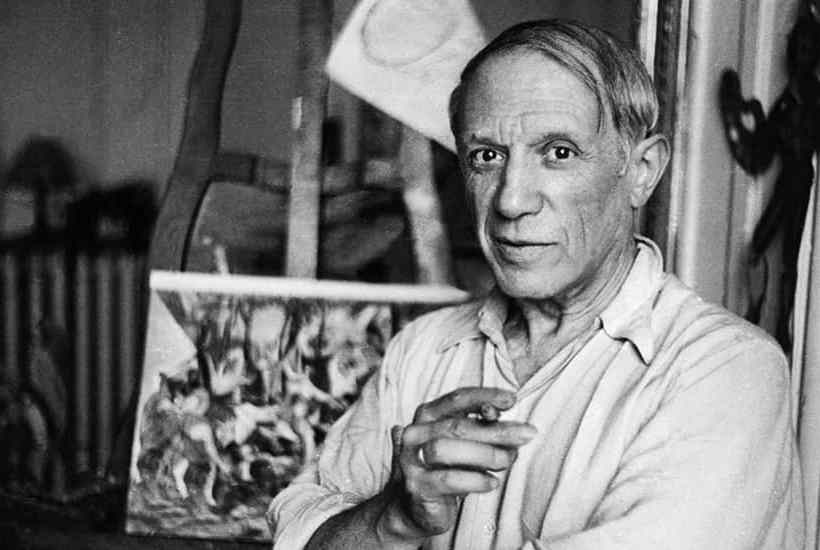
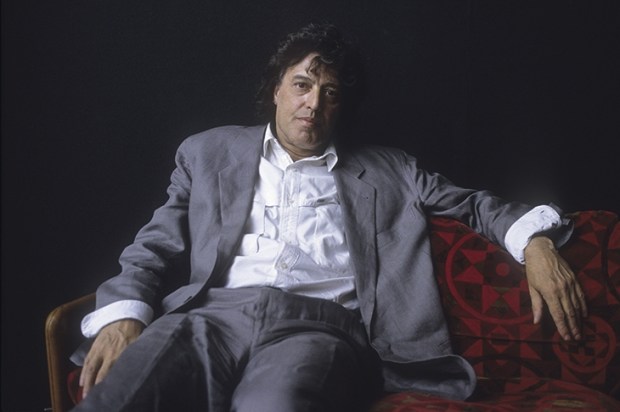
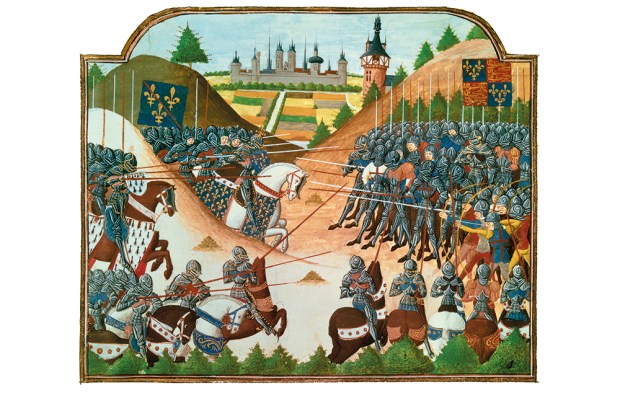
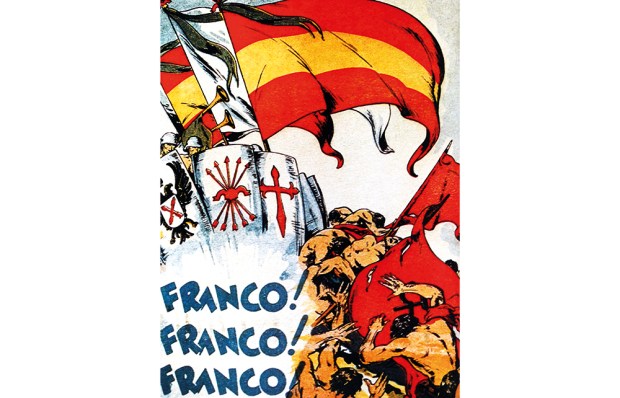
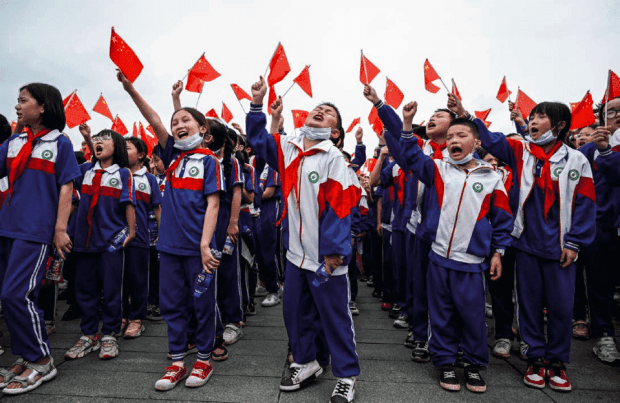








Comments
Don't miss out
Join the conversation with other Spectator Australia readers. Subscribe to leave a comment.
SUBSCRIBEAlready a subscriber? Log in